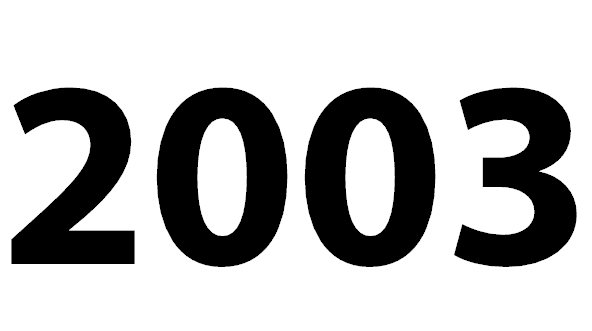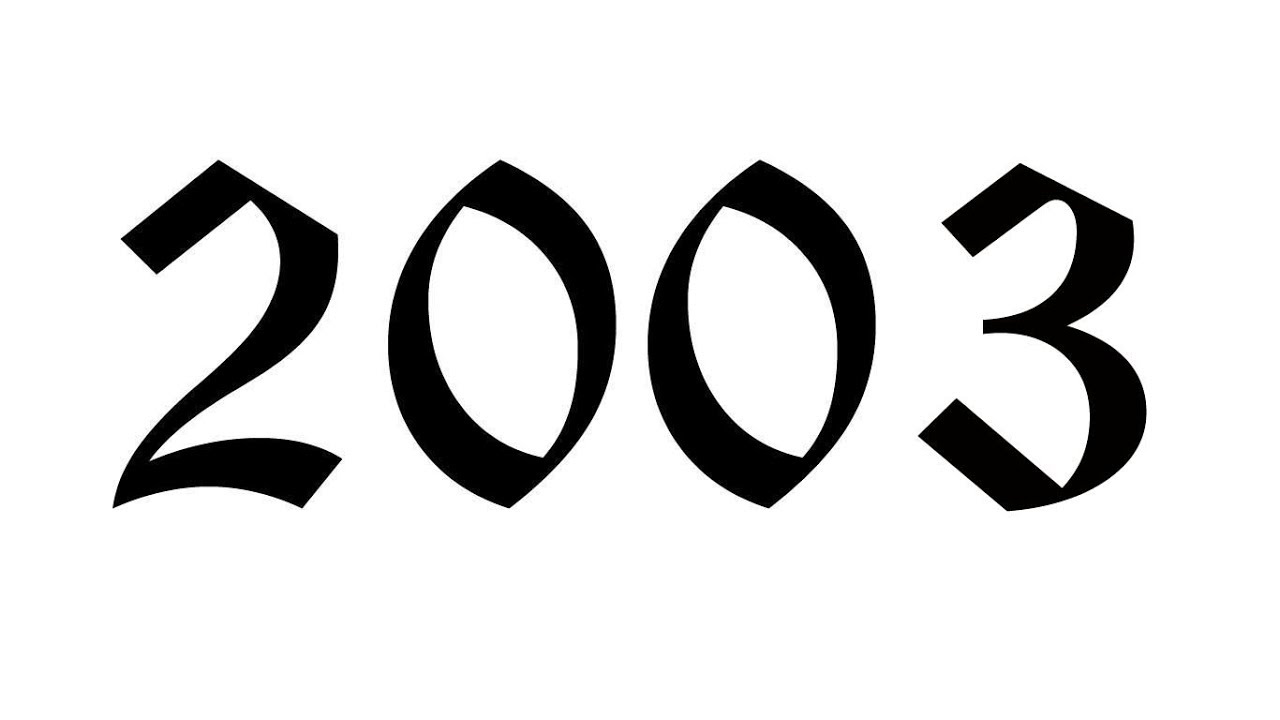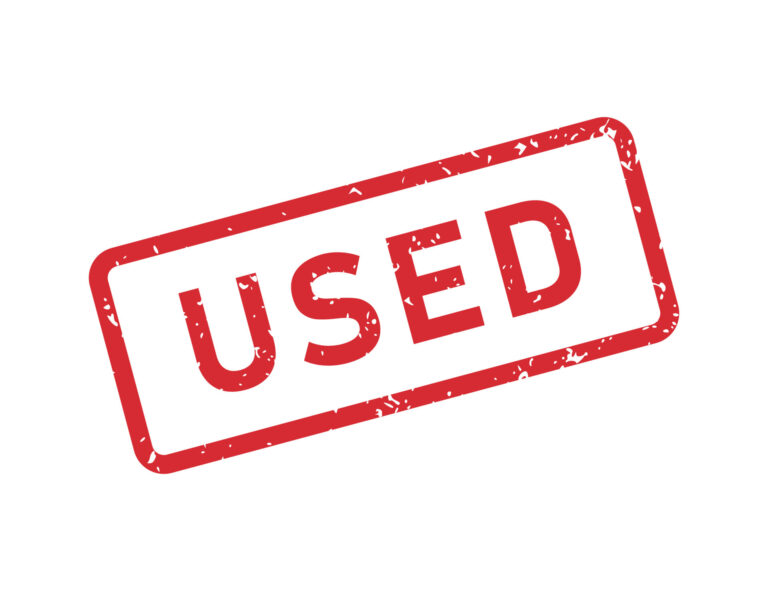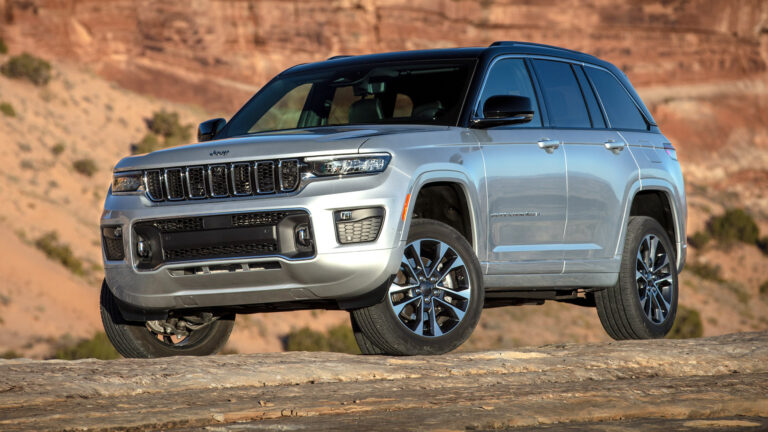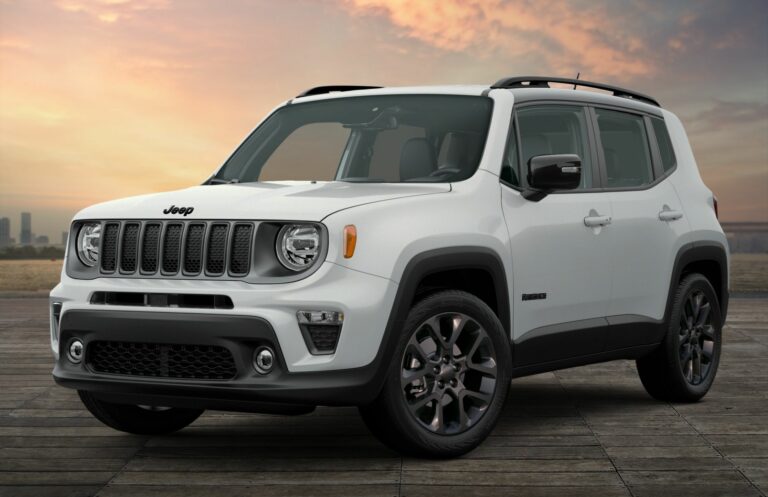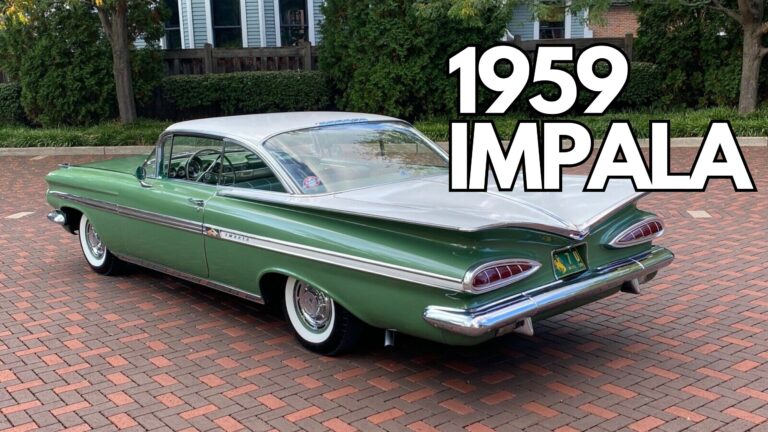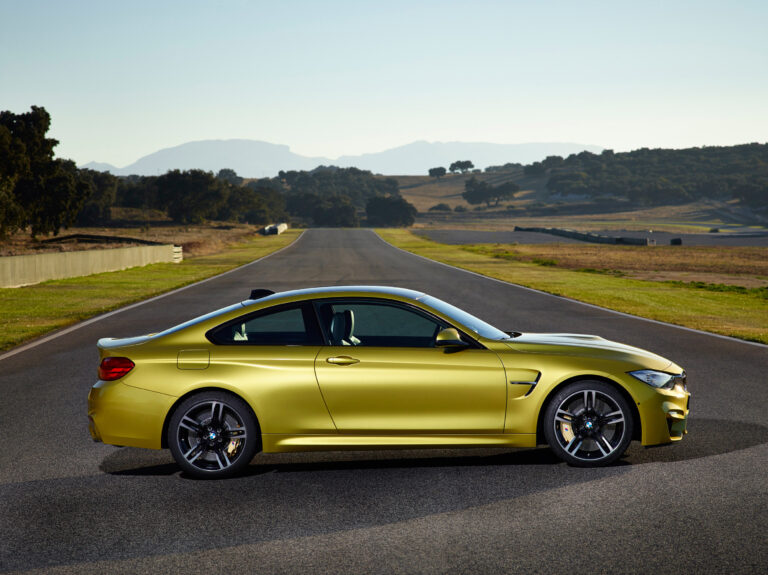2003 Jeep Grand Cherokee Radiator: Your Vehicle’s Unsung Hero
2003 Jeep Grand Cherokee Radiator: Your Vehicle’s Unsung Hero jeeps.truckstrend.com
The 2003 Jeep Grand Cherokee, a beloved workhorse of the WJ generation, is renowned for its rugged capability, comfortable ride, and timeless design. Whether tackling off-road trails or cruising city streets, its performance heavily relies on one critical, yet often overlooked, component: the radiator. Far from a simple metal box, the radiator is the heart of your Grand Cherokee’s cooling system, diligently working to dissipate the immense heat generated by the engine. Without a properly functioning radiator, your vehicle risks overheating, leading to catastrophic engine damage, costly repairs, and stranding you on the side of the road. Understanding its function, common issues, and proper maintenance is paramount for any 2003 Grand Cherokee owner.
Understanding the 2003 Jeep Grand Cherokee Radiator: Core Function and Design
2003 Jeep Grand Cherokee Radiator: Your Vehicle’s Unsung Hero
At its essence, the radiator’s job is to prevent your engine from overheating. It achieves this through a process of heat exchange. Coolant, a specialized fluid (typically a mix of antifreeze and water), circulates through the engine, absorbing excess heat. This hot coolant then flows into the radiator’s core, which consists of numerous small tubes and fins. As air passes over these fins, either from the vehicle’s forward motion or with the assistance of a cooling fan, the heat from the coolant is transferred to the air and dissipated into the atmosphere. The now-cooled coolant then returns to the engine to repeat the cycle.
For the 2003 Jeep Grand Cherokee, whether equipped with the robust 4.0L Inline-6 or the powerful 4.7L V8 engine, the radiator design is typically a cross-flow, aluminum core with plastic end tanks. This design offers a good balance of cost-effectiveness and cooling efficiency. The aluminum core provides excellent heat transfer properties, while the plastic tanks reduce weight and manufacturing costs. Many 2003 Grand Cherokee radiators also integrate an internal transmission fluid cooler, which is crucial for automatic transmissions to prevent fluid overheating and damage. This integrated design means that a failure in the radiator can also potentially affect the transmission.
Common Signs of a Failing 2003 Jeep Grand Cherokee Radiator
Recognizing the early warning signs of a failing radiator can save you from significant headaches and expenses. Be vigilant for these indicators:
- Engine Overheating: This is the most obvious sign. Your temperature gauge will consistently rise into the red zone, especially during heavy traffic, uphill climbs, or hot weather. Steam might even emanate from under the hood.
- Coolant Leaks: Puddles of green, orange, or pink fluid (depending on your coolant type) under your vehicle are a clear red flag. Leaks often occur where the plastic end tanks meet the aluminum core, or from cracks in the plastic itself.
- Low Coolant Levels: If your coolant reservoir is consistently low, even without visible puddles, it indicates a slow leak or evaporation due to a compromised system.
- Discolored or Sludgy Coolant: Healthy coolant should be vibrant and clean. If it appears rusty, murky, or contains sludge-like particles, it suggests internal corrosion within the radiator or other cooling system components.
- Steam or Sweet Smell: A sweet, syrupy smell around your vehicle, especially when the engine is warm, points to leaking coolant. Steam from under the hood is a sign of a significant leak or overheating.
- Damaged Radiator Fins: Visually inspect the radiator through the grille. Bent or corroded fins can impede airflow and reduce cooling efficiency.
- Transmission Fluid in Coolant (or vice-versa): If your radiator has an integrated transmission cooler, a failure in this section can cause transmission fluid to mix with the coolant, creating a milky "strawberry milkshake" appearance in the coolant reservoir. This is a critical issue that requires immediate attention.

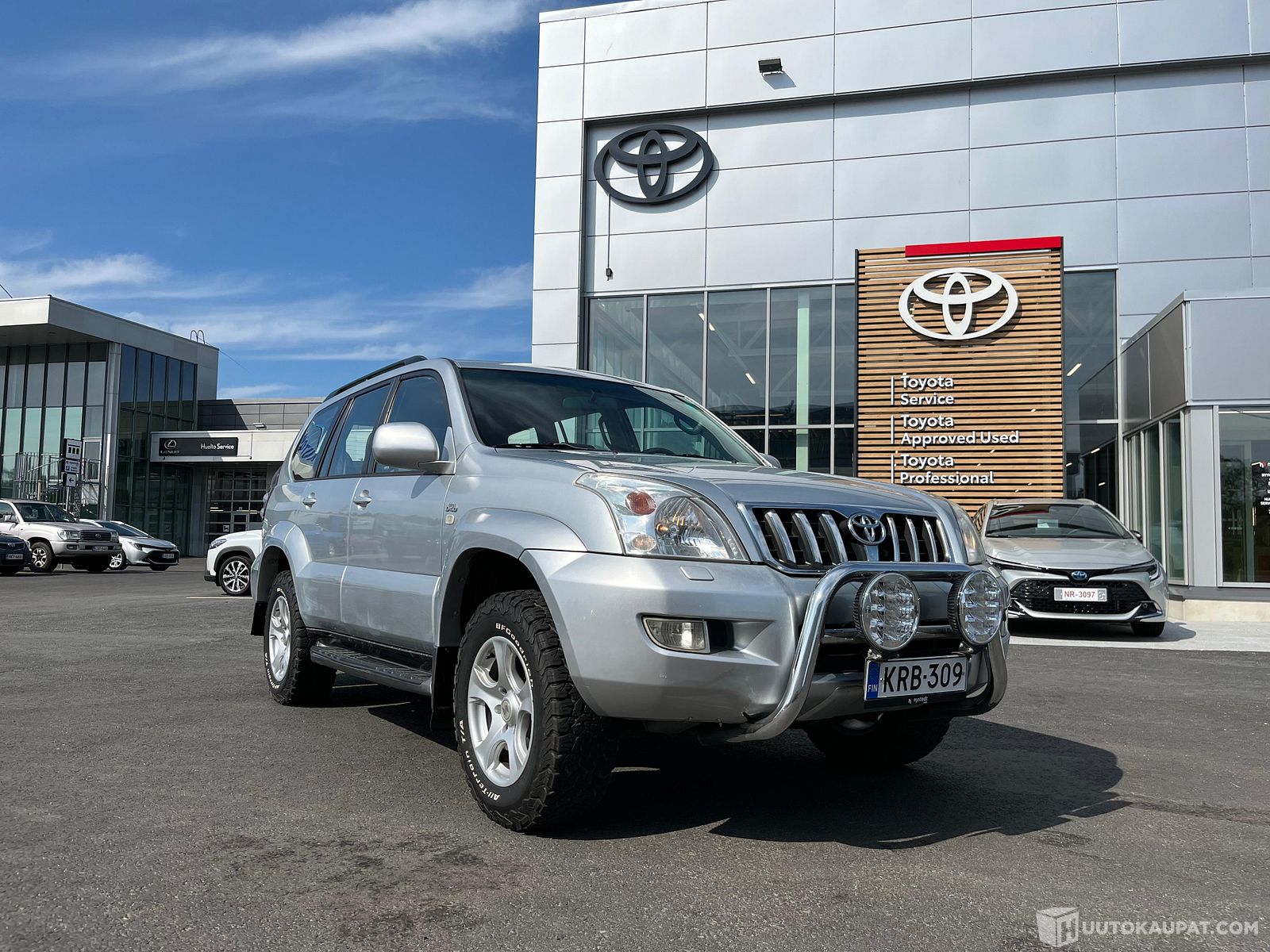
Why Do 2003 Jeep Grand Cherokee Radiators Fail? Common Causes
While robust, the 2003 Grand Cherokee’s radiator is not immune to failure. Several factors contribute to its eventual demise:
- Age and Material Degradation: The plastic end tanks are particularly susceptible to cracking and becoming brittle over time due to repeated heating and cooling cycles. This is arguably the most common failure point for this generation of radiator.
- Corrosion: Internal corrosion from old or incorrect coolant can eat away at the aluminum core, leading to pinhole leaks. External corrosion, often from road salt or debris, can also damage the fins and tubes.
- Physical Damage: Road debris (rocks, gravel) can strike the radiator, causing punctures or bending fins. Minor fender benders can also compromise its integrity.
- Electrolysis: This less common but severe issue occurs when stray electrical currents flow through the cooling system, accelerating corrosion. It’s often linked to poor grounding or incompatible metals.
- Clogging: Sediment, rust particles, or residue from incompatible coolants can accumulate in the narrow radiator tubes, restricting coolant flow and reducing cooling efficiency.
- Poor Maintenance: Neglecting regular coolant flushes, using tap water instead of distilled water, or mixing incompatible coolants can significantly shorten the radiator’s lifespan.
.jpg?t=168533101131)
Choosing the Right Replacement Radiator for Your 2003 WJ
When your 2003 Grand Cherokee radiator gives out, selecting the right replacement is crucial for long-term reliability.
- OEM vs. Aftermarket:
- OEM (Original Equipment Manufacturer): These are Mopar parts, designed to exact factory specifications. They offer guaranteed fitment and quality but come at a higher price point.
- Aftermarket: Available from various manufacturers (e.g., Spectra, Denso, CSF, TYC), aftermarket radiators are generally more affordable. Quality can vary, so stick to reputable brands. Many aftermarket units are designed to meet or exceed OEM specifications.
- Material Considerations: Most replacements will be aluminum core with plastic tanks, mimicking the original. Some heavy-duty or performance-oriented options might offer full aluminum construction for enhanced durability and cooling, though they will be more expensive.
- Core Thickness and Capacity: Standard replacement radiators will match the original’s cooling capacity. If you frequently tow, live in extremely hot climates, or have performance modifications, consider a "heavy-duty" or "enhanced cooling" option with a thicker core for improved heat dissipation.
- Transmission Cooler Integration: Ensure the replacement radiator includes the necessary ports and internal cooler for your automatic transmission. Most replacements for the 2003 WJ will have this, but always double-check the product description.
DIY Radiator Replacement: A Step-by-Step Overview (and when to seek professional help)
Replacing a radiator on a 2003 Jeep Grand Cherokee is a moderately challenging DIY task. While feasible for the mechanically inclined, it requires patience, the right tools, and an understanding of safety protocols.
Disclaimer: This is a simplified overview. Always consult a detailed service manual for your specific vehicle before attempting repairs. Safety first: ensure the engine is cool, disconnect the battery, and use proper personal protective equipment.
- Gather Tools: You’ll need a drain pan, various wrenches and sockets, pliers, screwdriver, hose clamp pliers, a torque wrench, a funnel, and a container for old coolant.
- Drain Coolant: Place a large drain pan under the radiator. Open the drain cock (petcock) at the bottom of the radiator to drain the coolant. Be prepared for a large volume.
- Remove Components: Disconnect the upper and lower radiator hoses. Unplug any electrical connectors for the cooling fan(s). Remove the fan shroud and the cooling fan assembly.
- Disconnect Transmission Lines (if applicable): Carefully disconnect the two transmission cooler lines from the radiator. Be prepared for some fluid to leak out; cap the lines to prevent contamination.
- Remove Old Radiator: Unbolt the radiator from its mounting points. Carefully lift the old radiator out of the engine bay.
- Install New Radiator: Lower the new radiator into position, ensuring it seats correctly in the lower mounts. Bolt it securely.
- Reconnect Everything: Reattach the transmission cooler lines (use new clips if provided), connect the fan assembly and shroud, and reattach the upper and lower radiator hoses. Ensure all hose clamps are secure.
- Refill and Bleed: Using a funnel, slowly refill the cooling system with the correct type of coolant (see maintenance section). Bleeding the system to remove air pockets is crucial. Run the engine with the heater on full blast, allowing it to reach operating temperature, and continuously top off the coolant as air escapes. You may need a "no-spill" funnel to aid in bleeding.
- Inspect for Leaks: Once the system is full and bled, inspect all connections for leaks. Test drive the vehicle and monitor the temperature gauge.
When to Seek Professional Help: If you lack the necessary tools, experience, or time, or if you encounter unexpected complications (e.g., seized bolts, damaged lines), it’s always best to consult a certified mechanic. They can perform the replacement efficiently and ensure the entire cooling system is in optimal condition.
Maintenance Tips to Extend Your 2003 Grand Cherokee Radiator’s Lifespan
Proactive maintenance is the key to maximizing your radiator’s life and preventing costly failures:
- Regular Coolant Flushes: Follow your Jeep’s maintenance schedule for coolant flushes, typically every 5 years or 100,000 miles, but check your owner’s manual. This removes old, corrosive coolant and accumulated sediment.
- Use the Correct Coolant: For the 2003 Grand Cherokee, Mopar specifies an HOAT (Hybrid Organic Acid Technology) coolant, often dyed orange or pink/purple. Using the wrong type of coolant, or mixing incompatible types, can lead to premature corrosion and cooling system damage. Always use distilled water if mixing concentrate.
- Inspect Regularly: Periodically check your radiator for visible leaks, bent fins, or signs of corrosion. Squeeze the radiator hoses; they should be firm but pliable, not mushy or brittle.
- Check Coolant Levels: Routinely check your coolant reservoir level when the engine is cold. Top off with the correct coolant mix if low.
- Monitor Temperature Gauge: Pay attention to your temperature gauge. Any consistent deviation from the normal operating range warrants investigation.
- Clean Radiator Fins: Gently remove debris (leaves, bugs) from the radiator fins using a soft brush or low-pressure air. Avoid high-pressure washers, which can damage the delicate fins.
- Address Issues Promptly: Don’t ignore small leaks or minor overheating. A small problem can quickly escalate into a major one.
Practical Advice and Actionable Insights
- Don’t Procrastinate: If your radiator shows signs of failure, replace it promptly. Driving with an overheating engine is a recipe for severe and expensive damage, including head gasket failure or a warped cylinder head.
- Consider a Cooling System Overhaul: When replacing the radiator, it’s often wise to replace other aging cooling system components, such as the thermostat, radiator hoses (upper and lower), and possibly the water pump, especially if they are original or showing wear. This "preventative maintenance" approach can save you from future breakdowns.
- Quality Matters: While aftermarket options are cost-effective, don’t just buy the cheapest radiator. Research reputable brands known for quality and durability.
- Bleed, Bleed, Bleed: Proper bleeding of the cooling system after a radiator replacement is critical to prevent air pockets that can cause localized overheating and damage. Take your time with this step.
Concluding Summary
The radiator in your 2003 Jeep Grand Cherokee is an indispensable component, quietly working to ensure your engine’s longevity and your vehicle’s reliable performance. Understanding its function, recognizing the signs of failure, and committing to regular, correct maintenance are vital responsibilities for any WJ owner. By being proactive and addressing issues promptly, you can significantly extend the life of your Grand Cherokee’s cooling system, avoiding costly repairs and keeping your cherished Jeep on the road for years to come. Your radiator may be unsung, but its role in your vehicle’s health is undeniably heroic.
2003 Jeep Grand Cherokee Radiator: Estimated Price Guide
Please note that prices are estimates and can vary significantly based on brand, retailer, location, and current market conditions. "V6" refers to the 4.0L I6 engine, and "V8" refers to the 4.7L V8 engine. Many aftermarket radiators are designed to fit both engine types.
| Component / Service | Type / Brand Example | Estimated Price Range (USD) | Notes |
|---|---|---|---|
| Radiator Unit | |||
| Aftermarket Standard | TYC, Spectra, Denso | $80 – $150 | Aluminum core, plastic tanks. Typically fits both V6 & V8. Good balance of cost and performance. 1-2 year warranty common. |
| Aftermarket Heavy-Duty | CSF, Mishimoto (performance) | $150 – $300 | Thicker core or full aluminum construction. Enhanced cooling capacity for towing/hot climates. May have longer warranty. |
| OEM Equivalent | Mopar (Aftermarket Supplier) | $250 – $450 | Meets Mopar specifications but sold by aftermarket brands. High quality, direct fit. |
| Genuine Mopar (OEM) | Mopar | $350 – $600+ | Original equipment part. Guaranteed fitment and quality. Often purchased through dealership parts departments. |
| Associated Parts | |||
| Coolant (HOAT Type) | Mopar, Zerex G-05 | $15 – $30 per gallon | 2-3 gallons typically needed for a full flush. Crucial to use correct type (HOAT for 2003 WJ). |
| Radiator Hoses (Upper/Lower) | Gates, Dayco | $15 – $40 each | Recommended to replace when replacing radiator. |
| Thermostat & Gasket | Stant, Motorad | $10 – $30 | Often replaced simultaneously with radiator for preventative maintenance. |
| Radiator Cap | Stant, Gates | $5 – $15 | Important for maintaining system pressure. Replace if old or faulty. |
| Labor (Professional Shop) | |||
| Radiator Replacement Labor | Independent Shop / Dealership | $200 – $500 | Varies by shop hourly rate, region, and complexity. Includes draining, removal, installation, refilling, and bleeding. |
| Total Estimated Cost | |||
| DIY (Parts Only) | $100 – $350 | Radiator + Coolant + basic hoses/cap. Savings from no labor cost. | |
| Professional Install | $300 – $1100+ | Radiator + Coolant + Labor + possibly new hoses/thermostat. Comprehensive solution. |
Frequently Asked Questions (FAQ) about the 2003 Jeep Grand Cherokee Radiator
Q1: How long does a 2003 Grand Cherokee radiator typically last?
A1: On average, a 2003 Grand Cherokee’s original radiator (with plastic tanks) can last anywhere from 8 to 15 years, or 100,000 to 150,000 miles. However, factors like maintenance, climate, and driving conditions can significantly influence its lifespan. Lack of proper coolant flushes is a major contributor to premature failure.
Q2: What kind of coolant should I use in my 2003 Jeep Grand Cherokee?
A2: For the 2003 Jeep Grand Cherokee, Mopar specifies an HOAT (Hybrid Organic Acid Technology) coolant. This is often dyed orange or pink/purple. Examples include Mopar Antifreeze/Coolant 5-Year/100,000-Mile Formula or aftermarket equivalents like Zerex G-05. It’s crucial not to mix different types of coolant, as this can lead to gelling, corrosion, and cooling system damage. Always use distilled water if you’re mixing a concentrated coolant.
Q3: Can I drive with a leaking radiator?
A3: It is highly inadvisable to drive with a leaking radiator. Even a small leak can quickly lead to critically low coolant levels, causing your engine to overheat. Overheating can result in severe, expensive damage, such as a blown head gasket, warped cylinder head, or even a seized engine. If you notice a leak, pull over safely and address the issue before continuing to drive.
Q4: Is it hard to replace the radiator myself on a 2003 Grand Cherokee?
A4: Replacing the radiator on a 2003 Grand Cherokee is a moderately difficult DIY task. It requires basic mechanical knowledge, a good set of tools, and patience. The most challenging parts are often disconnecting stubborn hoses/lines and properly bleeding the cooling system afterward to prevent air pockets. If you’re not comfortable with auto repairs or lack the necessary tools, it’s best to have a professional mechanic perform the job.
Q5: Should I replace other parts when doing the radiator?
A5: Yes, it’s highly recommended. When replacing the radiator, consider it an opportunity to refresh other aging components of the cooling system. This often includes:
- Upper and Lower Radiator Hoses: They become brittle or soft over time.
- Thermostat and Gasket: A stuck thermostat can cause overheating even with a new radiator.
- Radiator Cap: A faulty cap won’t maintain proper system pressure, affecting cooling efficiency.
- Water Pump: If it’s high mileage or showing signs of wear, replacing it now saves future labor costs.
Q6: What’s the difference between a standard and heavy-duty radiator?
A6: A standard radiator is designed to meet the original equipment specifications for normal driving conditions. A heavy-duty radiator typically features a thicker core (more rows of tubes or wider tubes) and sometimes full aluminum construction (no plastic tanks). This increased surface area and material robustness allow for greater heat dissipation, making it ideal for vehicles that frequently tow, operate in hot climates, or have performance modifications. While more expensive, a heavy-duty option can offer enhanced reliability and cooling performance.
